Explore the Best AI Image Gallery

Pixels on Skin: How AI-Generated Images Are Transforming the Art World
The art world, a realm traditionally governed by human creativity and expression, is undergoing a seismic shift. At the heart of this transformation lies artificial intelligence (AI), specifically its ability to generate stunningly realistic and imaginative images. This technology, once confined to the realm of science fiction, is now a tangible force, blurring the lines between human and machine artistry.
AI-generated art, often created using algorithms trained on vast datasets of existing artwork, allows for unprecedented creative possibilities. Artists can now leverage these tools to conceptualize and produce unique pieces, explore novel styles, and push the boundaries of artistic expression.
A New Canvas: Applications of AI in Art
The applications of AI-generated images span a diverse range of artistic disciplines:
- Fine Art: From abstract landscapes to hyperrealistic portraits, AI algorithms can generate artworks that rival the skill and precision of human artists.
- Graphic Design: Designers can utilize AI tools to create eye-catching logos, illustrations, and marketing materials with efficiency and speed.
- Photography: Enhancements and creative manipulations of existing photographs are becoming increasingly commonplace, blurring the lines between reality and artistic interpretation.
- Animation and Filmmaking: AI can assist in generating background scenery, character designs, and even entire scenes, streamlining the animation process.
Ethical Considerations: Navigating the Uncharted Waters
While AI-generated art presents a wealth of opportunities, it also raises a host of ethical considerations that demand careful scrutiny:
- Copyright and Ownership: Who owns the copyright to AI-generated artwork—the programmer, the user who inputs the prompts, or the AI itself? This legal gray area requires further clarification.
- Bias and Representation: AI algorithms are trained on existing data, which can perpetuate societal biases and stereotypes. Its crucial to ensure that AI-generated art reflects diversity and inclusivity.
- The Value of Human Creativity: Will the increasing use of AI devalue human artistic expression? Striking a balance between technological advancement and the preservation of human creativity is essential.
The Future of Art: A Collaborative Landscape
The future of art likely lies in a collaborative landscape where AI tools augment and enhance human creativity rather than replacing it entirely. Artists will increasingly leverage AI as a partner, exploring new possibilities and pushing the boundaries of artistic expression.
AI-generated images have the potential to democratize art, making creative tools accessible to a wider audience. Imagine a future where anyone, regardless of their technical skills, can generate stunning artwork with the help of AI.
As this technology continues to evolve, it is imperative that we engage in thoughtful discussions about its implications for the art world and society as a whole. By embracing ethical considerations and fostering collaboration between humans and machines, we can ensure that AI-generated art enriches our lives and expands the horizons of human creativity.
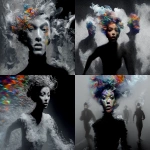
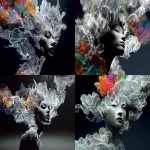
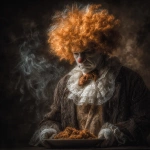
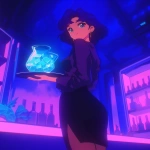

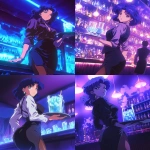
](https://images.ai-img.art/thumbnails/150/a3ed6513a6661aa3ee46e0c2924d1e8888854e91d8908de39db5590dc41f8d8f.webp)

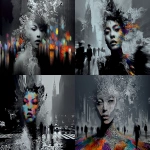
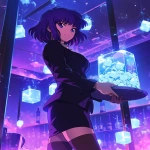








](https://images.ai-img.art/thumbnails/150/685ae68cfab93a7e59a71206867b060c45bd6fd3cd561c4fe60fca514b09c5f8.webp)
](https://images.ai-img.art/thumbnails/150/2ebdeb4f7db35100e5be5de9bc3e533a40d14e5feedefd7ffc586524a0f3ba8c.webp)
](https://images.ai-img.art/thumbnails/150/bd056a4718c27444e064198762f8dc8ffa1f74f1afd7dcda8d5cb8b142797d6e.webp)

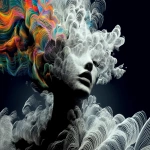

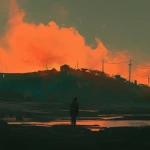
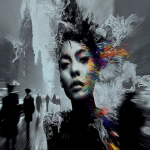
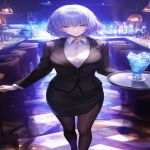
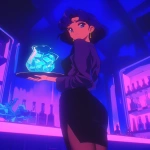

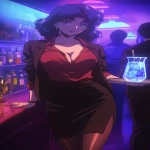
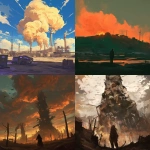

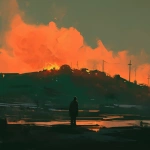
](https://images.ai-img.art/thumbnails/150/847809c77ca9a73b68bc190e6efb06fec87157685a243730d5a66a403b0e6e10.webp)
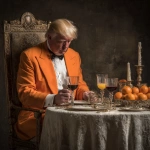

](https://images.ai-img.art/thumbnails/150/ff09e32d2be011c0dd785984c5c1e47839ce551a31da1bde242860b30df2aa30.webp)
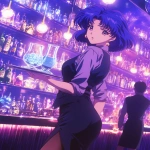
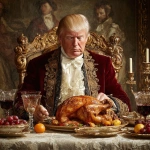
](https://images.ai-img.art/thumbnails/150/0ba0be922ab76af53f75ab90126ae2b18a600ee3b96941e8ab897a9f10594e5a.webp)

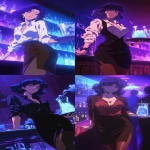

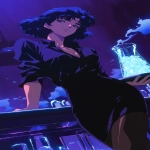




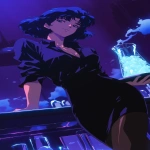
](https://images.ai-img.art/thumbnails/150/7cf5a08238f29c821f52bb4f63db48af0b7f633ff3b9f7253074d78ced9ff6f6.webp)